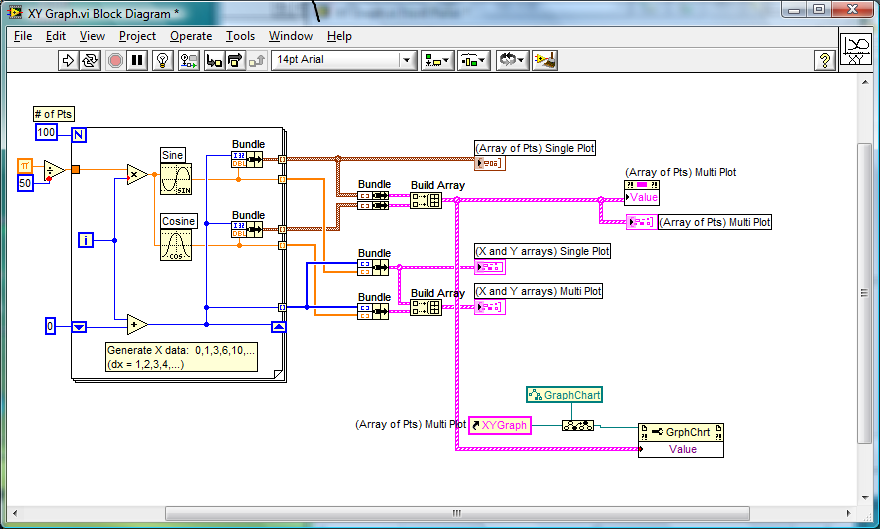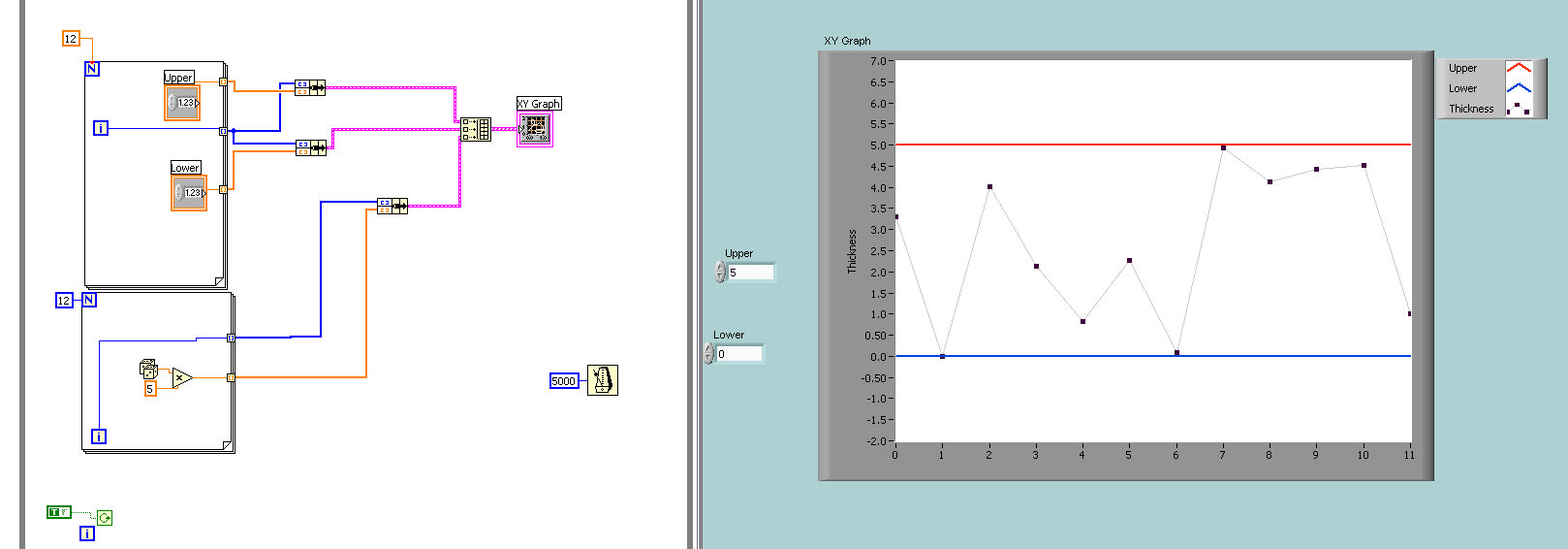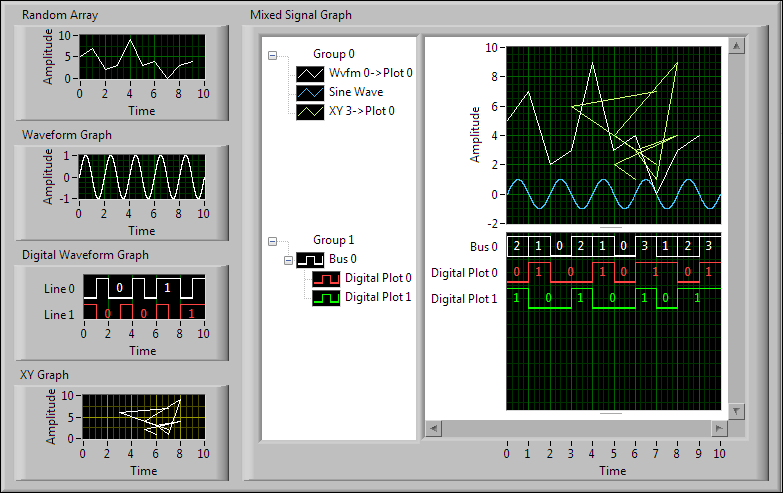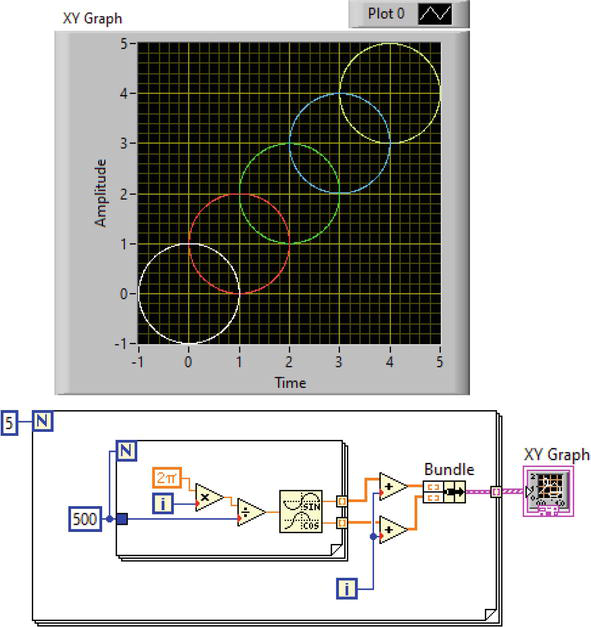Glory Labview Xy Plot
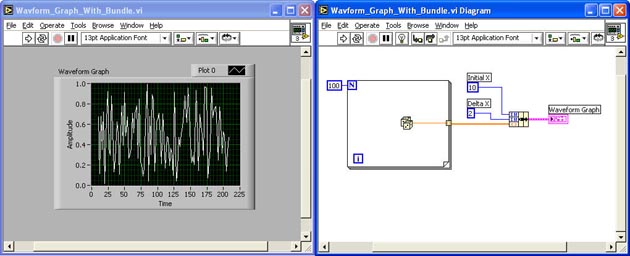
Plotting multiple plots to a single XY Graph is easy enough when the XY Graph is in the same VI -- thanks to the Multi Plot example that comes with LabVIEW.
Labview xy plot. Use the Plot Multi-XY VI if you do not want to use automatic scaling. The output from the reflected laser beam is plotted against the varying magnetic field in an xy plot and is looped n times. Solution If you want an XY Graph to behave as an XY Chart by storing previous values you must implement this behaviour programmatically.
Calculate the expressions X x and Y x with the same variable x x is increasing continuously when the program running until the Stop button pressed down. This plot displays two sets of data against each other. I need the graph to display all the points that occur as I vary the.
But all I have is a reference to an XY Graph. The Bundle function ProgrammingCluster Variant palette combines the X and Y arrays into a cluster wired to the XY graph. So far I have successfully built an XY-Graph to plot the voltages against each other Voltage1 along the x-axis and Voltage2 along the y-axis.
The XY graph terminal now appears as a cluster indicator as shown in Figure 825. A single plot is a cluster containing an array of x values and an array of y values. Mixed signal graphs and all charts support only multiple y-scales.
In LabVIEW this process is equivalent to creating an XY graph. Right-click the plot in the plot legend and select the scale to associate with the plot from the X scale or Y scale shortcut menus. The VI ignores the subparameters because it automatically scales the axes.
As the data on our XY Plotter is digital the software can bring up graph cursors. A multiplot graph is simply an array of clusters with that structure. You pair data points from each set to form an ordered x y pair that you then plot.




